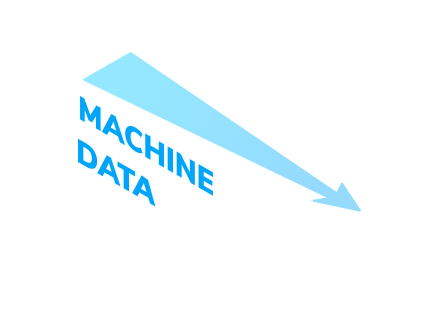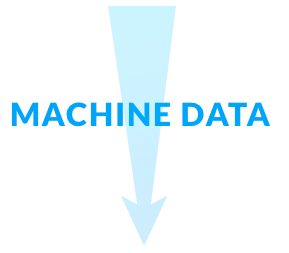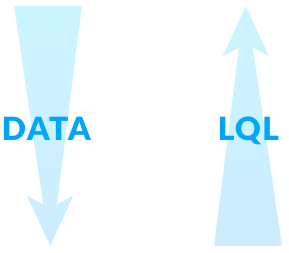Logrange
streaming database
Logrange is highly performant streaming database for aggregating data like application logs, system metrics, audit logs etc. from thousands of sources.
Designed for working with streams

Highly performant
Access to all saved data at any time, no matter how big the stored data is. Logrange is able to save millions of records per second.

Scalable
Logrange is designed to be scalable horizontally. Data can be distributed across dozens of servers in the cluster. New nodes can be added into the cluster on demand.

Open Source
Written entirely in Go, Logrange is available under the Apache 2.0 license for easy adoption. Run it yourself, or use pre-build installations.

Secure
The data is secure during access, transit and storage. Get the full control over your data either it is in cloud, containerized or stored on premises.

Aggregate Data from Everywhere
Stream data from different sources and locations: application logs, metrics, run-time records can be saved to Logrange.

Making data work for you
Build tools for data monitoring, analytics, anomalies prediction, availability reports, security, incident investigation etc.
How it works?
Give me an example!
a full-featured log-aggregation system

Logrange collectors gather log data from distributed system components. The log data is send it to Logrange database.

Logrange server persists the log data from the agents and serves the client requests. It supports Logrange Query Language

Logrange clients allow to search the data or send it to 3rd party systems


The data is secure during access, transit and storage. Get the full control over your data either it is in cloud, containerized or stored on premises.
Logrange server persists the log data from the agents and serves the client requests. It supports LQL - Logrange Query Language
Logrange clients allow to search the data or send it to 3rd party systems





